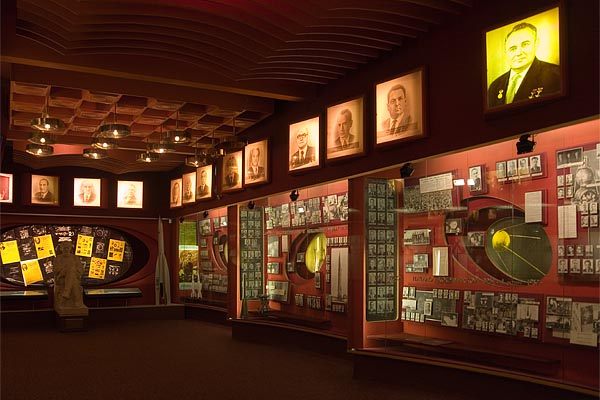About
Hidden within the walls of Stanford Hospital lies a secret Victorian visionaries would laud: more than four miles of four-inch galvanized steel tube, used exclusively for transmitting data, pharmaceuticals, and specimens at high speeds throughout Stanford University Hospital.
Pneumatic tube systems were originally designed in the 19th century to expedite items (mainly cash and paperwork) in situations where a faster-than-human pace of transport would be beneficial, such as post offices and department stores. Hospitals all over the world have used this technology for decades for the benefit of human health, including one of the largest systems in the country at Stanford (the Mayo Clinic in Rochester, MN holds honors for the biggest system).
Foot-long carriers zoom along, transporting everything from bodily fluids to medications up to a quarter mile away. While crossing the hospital’s vast premises, the containers reach speeds topping 18 miles per hour (25 feet per second). Blood is always given the highest priority (coded as “stat”).
Each nurse’s station is equipped with a sending and receiving station. A computer control system acts as the brains guiding each carrier from station to station through multiple zones by way of multi-position "diverters." Twenty-nine blowers provide the pressure to move samples and medications from one stop to the next, and each station is designed to allow the carrier to land softly on a cushion of air. Despite such complicated design, chief engineer Leander Robinson claims that no carrier has ever gotten stuck en route.
Obscura Day location: April 9, 2011.
Related Tags
Know Before You Go
Stanford Hospital & Clinics is located on the campus of Stanford University, about 20 miles north of San Jose and 40 miles south of San Francisco.
Published
March 14, 2011
Sources
- Stanford School of Medicine: "Gone With the Wind: Tubes Are Whisking Samples Across Hospital" (January 2011): http://med.stanford.edu/ism/2010/january/tubes-0111.html###.html
- medGadget: "Stanford Hospital's Pneumatic Tube Messaging System" (February 2010): http://medgadget.com/archives/2010/02/stanford_hospitals_pneumatic_tube_messaging_system.html































